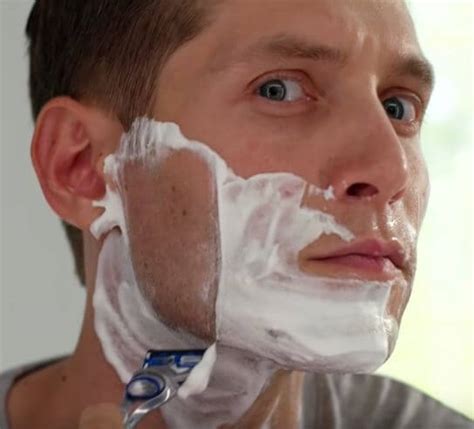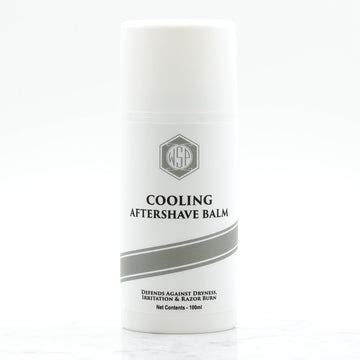How to prevent razor burn for peak shaving performance & a flawless, professional look?

Understanding Razor Burn: More Than Just an Irritation
Razor burn is a common, uncomfortable skin condition that can plague even the most seasoned shaver. Characterized by redness, stinging, tenderness, and sometimes small bumps, it’s often the result of improper shaving techniques or inadequate preparation. While seemingly minor, persistent razor burn can detract from a professional appearance, cause discomfort, and even lead to ingrown hairs if not addressed. Understanding its causes is the first step toward achieving a truly smooth and irritation-free shave.
Pre-Shave Preparation: The Foundation for Flawless Skin
The secret to preventing razor burn often begins before the blade even touches your skin. Proper preparation softens the hair, opens pores, and creates a protective barrier, allowing the razor to glide effortlessly.
- Warm Water & Steam: Shave after a warm shower or by applying a warm, damp towel to your face for a few minutes. This softens whiskers and makes them easier to cut, reducing tugging and friction.
- Gentle Exfoliation: Lightly exfoliate your skin 1-2 times a week, or before a shave, to remove dead skin cells and lift hairs, preventing them from becoming trapped under the skin.
- Quality Shave Cream or Gel: Opt for a rich, lubricating shave cream, gel, or oil that provides ample cushion between the blade and your skin. Allow it to sit on your face for a minute or two before shaving to further soften the hair. Avoid harsh soaps that can strip natural oils.

Mastering Shaving Technique: Glide, Don’t Press
Your shaving technique is paramount in preventing irritation. Hasty or aggressive shaving is a primary culprit for razor burn.
- Sharp Blade is Key: A dull blade is the enemy. It snags and pulls at hairs, causing irritation and an uneven shave. Replace disposable razors frequently (every 5-7 shaves) or use a fresh cartridge.
- Shave With the Grain First: For your initial pass, always shave in the direction your hair grows. This minimizes pulling and reduces the chance of irritation. If a closer shave is desired, a second pass can be made across the grain, but never directly against it on sensitive areas.
- Short, Light Strokes: Use short, controlled strokes without applying excessive pressure. Let the razor do the work. Pressing too hard can cause the blade to dig into your skin, leading to nicks and irritation.
- Rinse Your Blade Often: Clogged blades are inefficient. Rinse your razor under warm water after every 1-2 strokes to clear away hair and shave cream, ensuring a clean cut.

Post-Shave Care: Soothe, Hydrate, and Protect
What you do immediately after shaving is just as crucial as your preparation.
- Cold Water Rinse: Splash your face with cold water to close pores and soothe the skin.
- Alcohol-Free Aftershave Balm: Skip harsh, alcohol-based aftershaves that can dry out and irritate your skin. Instead, opt for a hydrating, alcohol-free aftershave balm or lotion with soothing ingredients like aloe vera, witch hazel, or chamomile.
- Moisturize: Follow up with a good quality, non-comedogenic moisturizer to keep your skin hydrated and help repair its natural barrier.

Tools and Habits: Elevating Your Shave Routine
Beyond technique, your tools and habits play a significant role in preventing razor burn and maintaining skin health.
- Invest in Quality: A good quality razor (whether cartridge, safety, or electric) matched with appropriate shaving cream can make a world of difference.
- Clean Your Razor: Always rinse your razor thoroughly after use and allow it to air dry. Store it in a dry place to prevent bacterial growth.
- Consider a Different Razor Type: If you consistently battle razor burn, consider experimenting with a single-blade safety razor (which provides a close shave with less irritation for many) or a high-quality electric shaver designed for sensitive skin.
- Avoid Dry Shaving: Never shave on dry skin. This is an almost guaranteed recipe for razor burn and irritation.

Long-Term Strategies for Blemish-Free Skin
Preventing razor burn is an ongoing commitment to your skin’s health. Consistency and patience are key.
- Give Your Skin a Break: If your skin is severely irritated, skip shaving for a day or two to allow it to heal.
- Identify Triggers: Pay attention to what works and what doesn’t. Is a particular product causing issues? Is a certain direction of shaving always problematic? Adjust accordingly.
- Maintain a Healthy Skincare Routine: Beyond shaving, a consistent daily skincare regimen including cleansing, moisturizing, and sun protection will keep your skin resilient and less prone to irritation.

Conclusion
Achieving peak shaving performance and a consistently flawless, professional look is entirely within reach. By adopting a diligent pre-shave routine, mastering gentle shaving techniques, providing excellent post-shave care, and choosing the right tools, you can effectively banish razor burn from your grooming regimen. Embrace these practices, and enjoy the confidence that comes with smooth, irritation-free skin every day.








